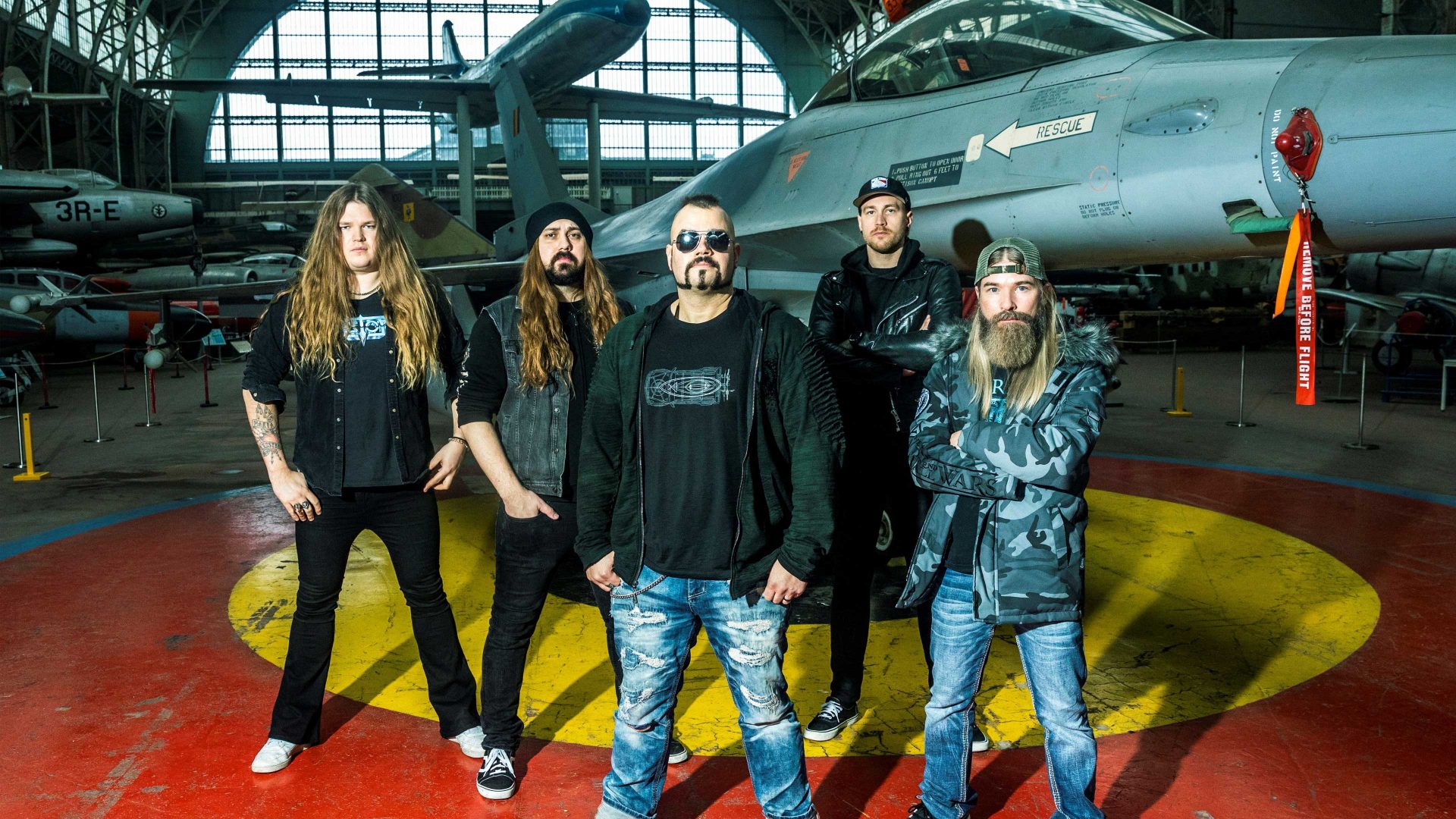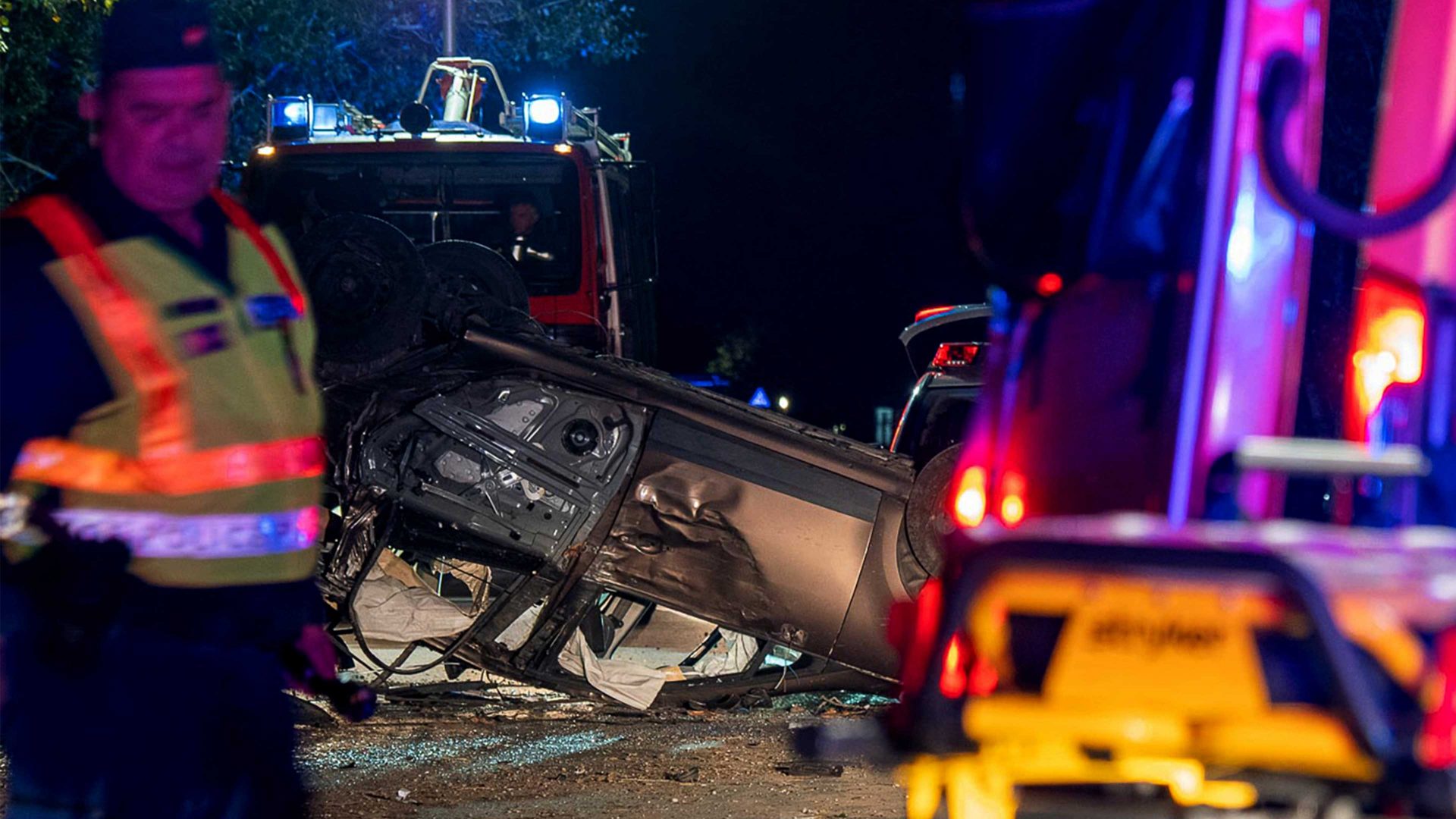I’m at the Royal Air Force Museum in Hendon for the London premiere of the animated film The War To End All Wars – The Movie. It isn’t exactly a solemn event – the auditorium is packed with excited heavy metal fans. This isn’t an ordinary film about the first world war; it’s the creation of the popular Swedish metal band Sabaton, and when founder members Pär Sundström and Joakim Brodén enter the room to introduce the film, they receive a proper rock star welcome.
Your reaction to The War To End All Wars will depend on whether you like Sabaton’s brand of metal. They paint in primary-coloured sonic brush strokes and draw on the unnerving talent for catchiness that so many Swedes seem to have. Their songs come in two basic varieties: upbeat, bouncy and thrilling, and slow and bombastic. The lyrics come in one variety only – military history. The 10 albums they have released since 1999 all follow the same formula – heavy metal, and war.
Although a Sabaton live show is a fun event, they take history very seriously – there is no doubting Sabaton’s commitment to education. The War To End All Wars, part of their “History Rocks” project, is intended to boost museums by bringing them a new audience. The Royal Air Force Museum is one of 120 in 29 countries to show the film.
My own reaction to the film was… complicated. It’s essentially a collection of stories from the first world war, a battlefield tour during which we encounter well-known and obscure individuals and events, with Sabaton providing the soundtrack.
Although I have a big soft spot for Sabaton, things do get a little uncomfortable. On Stormtroopers, for example, they tell the tale of the German soldiers whose job was to fight fast and dirty to break the deadlock in the trenches. The song is a speedy thrill-ride and the animation reflects this, ending up with the members of Sabaton dressed as Stormtroopers gleefully burning an enemy trench with flamethrowers. But the later use of the name “Stormtrooper” gives the scene an uncomfortable resonance.
Yet the film is also moving at times. Christmas Truce is sensitively done. And Sabaton’s commitment to story-telling also highlights aspects of the war that should be better known, such as the African-American soldiers depicted in Hellfighters.
At the end of the film, a line from a soldier’s letter reads: “Please tell everyone this must be the war to end all wars”. It’s hard to know how to take that. After the film, Sundström tells me: “It’s a sad thing to see that it seems to be in our nature as humans to keep fighting and we probably will into the future. It doesn’t look like we are learning.”
He is aware that the band’s evident enjoyment of the music often coincides with very grim subject matter: “We would be lying if we said we weren’t enjoying what we are doing. Before we are history tellers, we are heavy metal fans, and this is at the heart of what we do. If we were to be actors and try to get ourselves into the mood and spirit of the songs we would probably be pretty horrible to watch – and that would be no good for anyone.”
They don’t cover recent history and politics. Though the consequences of the first world war continue to play out, it’s a relatively “safe” conflict to cover as the issues at stake do not always intersect with current culture wars.
So I couldn’t help feeling a strange sort of nostalgia when I watched The War To End All Wars; for a time when war was conducted between well-matched sides, on battlefields between trained soldiers; for a time when it was possible to empathise with the common soldier, whoever they fought for. In a time of endless fury, on battlefields and on social media, Sabaton’s take on the first world war feels bizarrely like an elegy.



